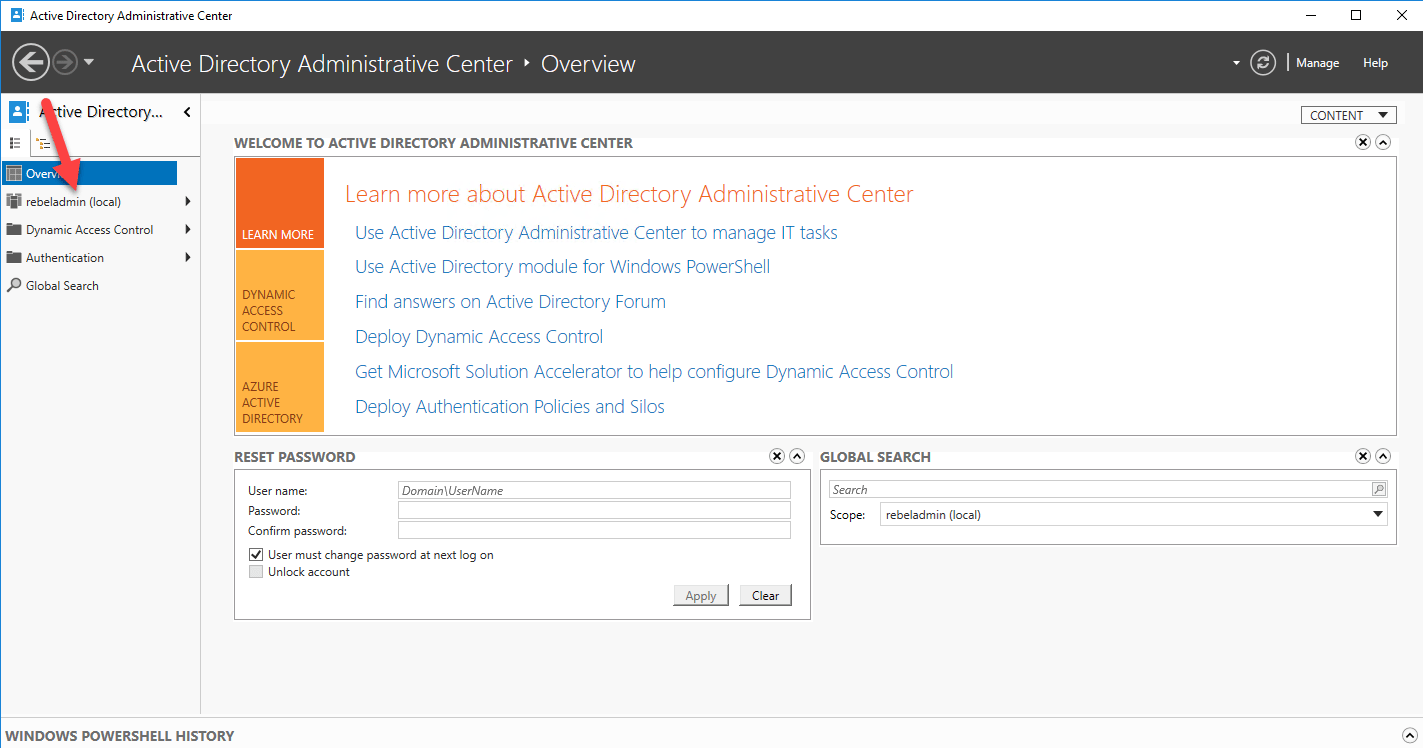

One example of an attribute that is missing is Office (physicalDeliveryOfficeName) which is available in Active Directory Users and Computers (ADUC) but not in ADAC.
Precedence – If there is more than one FGPP that applies to a user e.g. The extraColumns for the default-Display Display Specifier is not the same as the columns you can chose from in ADAC. Here are the steps: Type cmd in search bar. Another method to install Active Directory is to use DISM Command. Name – Give it a decent name that reflects the group or individual that this policy will apply to Install RSAT for Active Directory in Windows 10 with DISM. You have the same basic options in here, as you do in the Default Domain Policy: However, with the advent of Server 2012, a different configuration tool (written in PowerShell) was introduced – Active Directory Administrative Center (ADAC), which is what we are going to use to evaluate what FGPP can offer you. You had to use scary tools such as Adsiedit.msc, or helpful third party tools such as Specops Password Policy Basic. The original interface to configure FGPP was horrible. So, to move away from using Group Policy, the concept of a Password Settings Container in AD, and applying the FGPP’s by AD security group, rather than a GPO linked to an OU, was introduced. It is somewhat strangely done under the Computer Configuration area of that GPO, posing a problem when wanting to apply different password policies to different users. Traditionally, the Default Domain Policy is where the standard password policy settings are configured. When Windows Server 2008 arrived on the scene, Microsoft introduced the concept of fine-grained password policies (FGPP), which allowed different policies within the same domain. 

For the first 8 years of Active Directory, the only native way of having multiple password policies in your AD forest, was to have multiple domains.







 0 kommentar(er)
0 kommentar(er)
